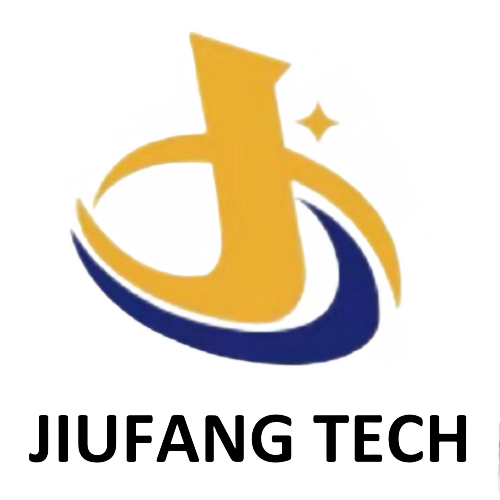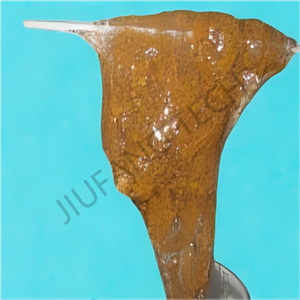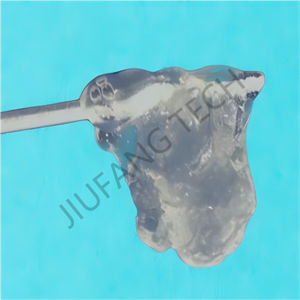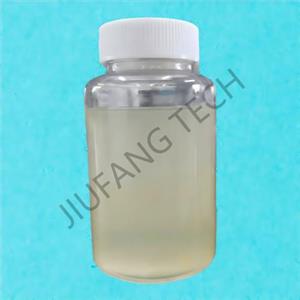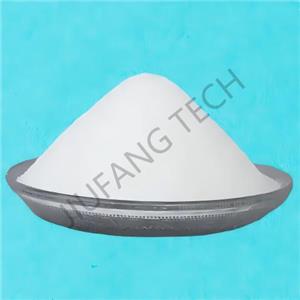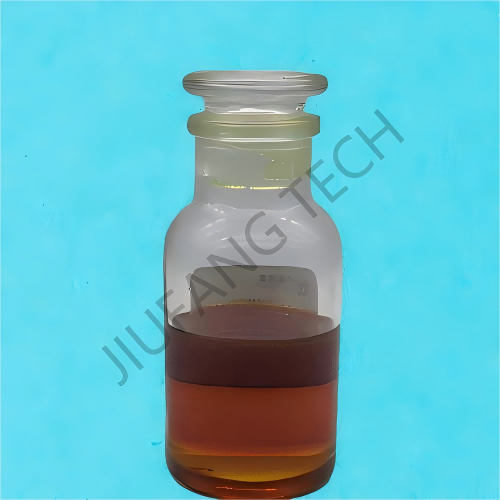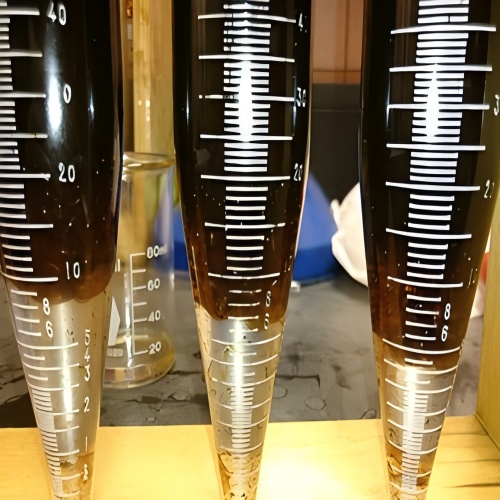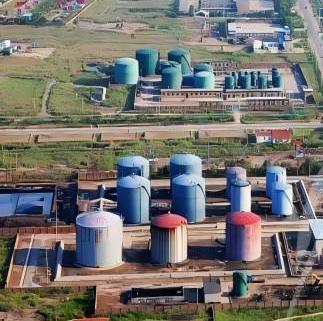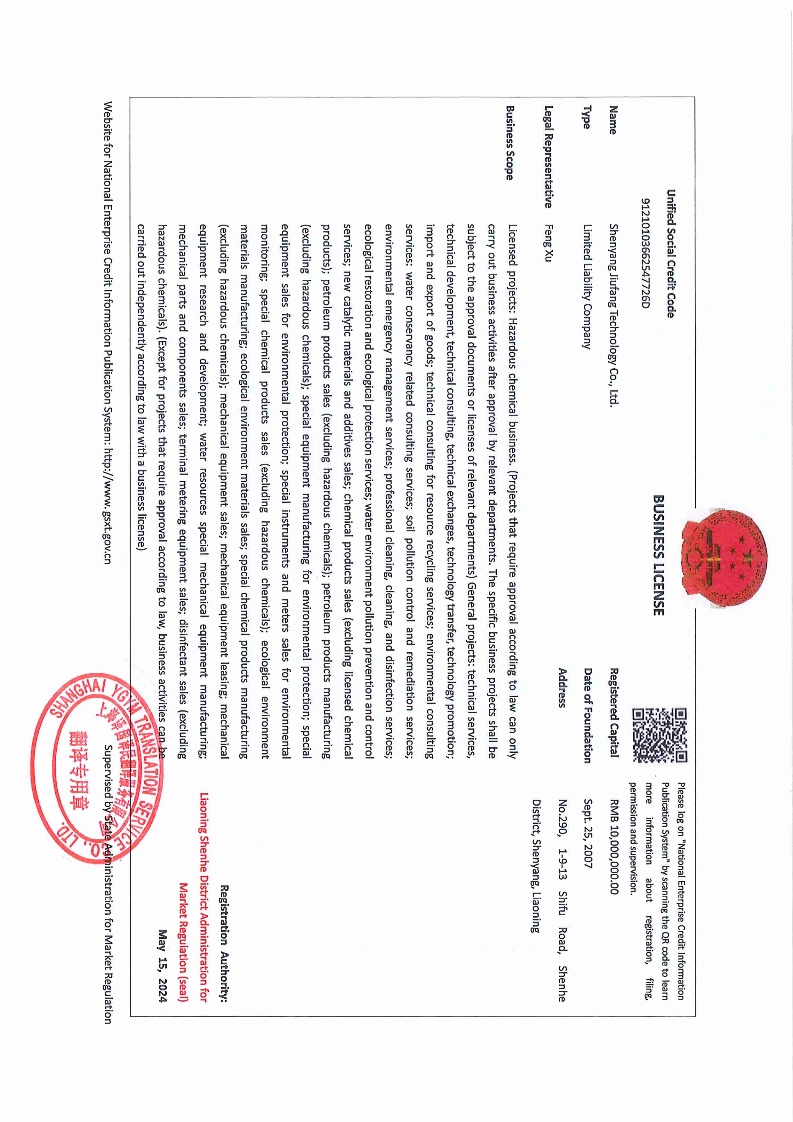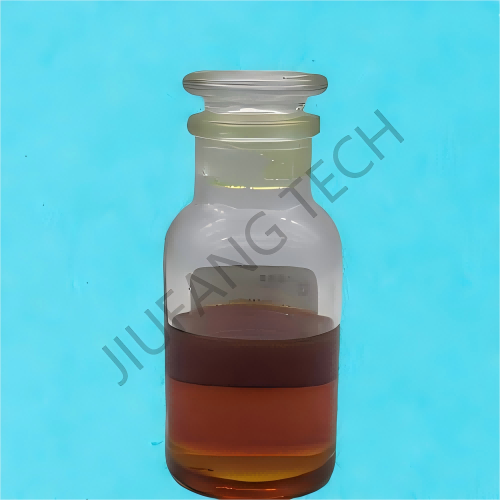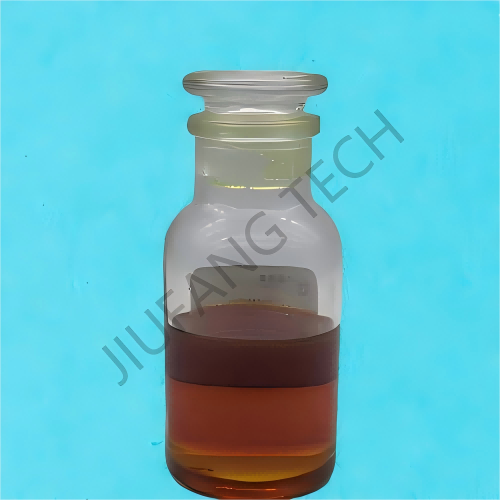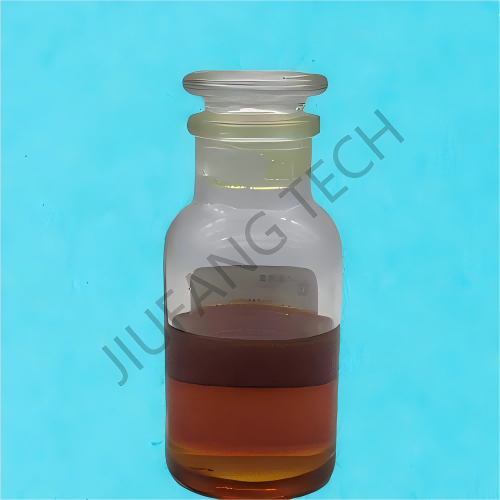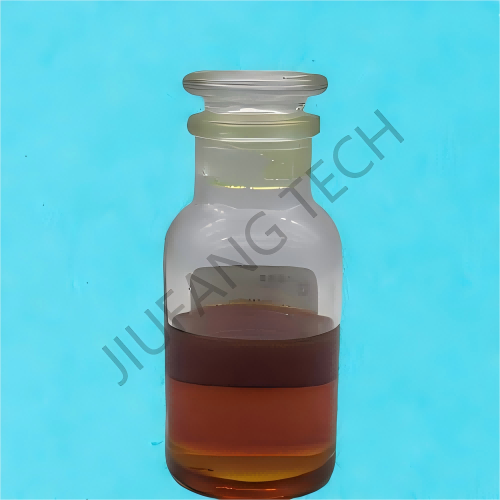
Demulsifier product
Brand Shenyang Jiufang
Product origin China
Delivery time Lead time: 7days
Supply capacity 10000MT/Year
The key index for measuring the properties of demulsifier product is the HLB value.
Demulsifier for oilfield depend on the properties of crude oil.
Depending on HLB value, demulsifier additive for crude oil is divided into two types: lipophilic demulsifier additive and hydrophilic additive.
Download
The HLB value argument refers to the balance relationship between the hydrophilic group and the lipophilic group in demulsifier product molecules.
In HLB, "H" for "Hydrophile" represents hydrophilicity, "L" for "Lipophilic" represents lipophilicity and "B" is for "Balance".
The lipophilic or hydrophilic degree of a demulsifier additive can be judged by the magnitude of the HLB value. The larger the HLB value, the stronger the hydrophilicity. The smaller the HLB value, the stronger the lipophilicity.
Generally, the HLB value ranges from 1 to 40. HLB has important reference value in practical applications. Lipophilic demulsifier product have a lower HLB value and hydrophilic demulsifier product have a higher HLB value. The hydrophilic-lipophilic turning point HLB is 10.
An HLB value less than 10 is lipophilic and greater than 10 is hydrophilic. The HLB value (Hydrophile-Lipophile Balance Number) is called the hydrophilic-lipophilic balance value, also known as the water-oil degree.
It is related not only to the hydrophilicity and lipophilicity of demulsifier additive for crude oil but also to the surface (interface) tension of demulsifier product, adsorption on the interface, emulsification and emulsion stability, dispersion, solubility, detergency and other basic properties.
It is also related to the application performance of demulsifier dewatering. The hydrophilic-lipophilic balance value (HLB value) is a value used to represent the hydrophilic or lipophilic ability of demulsifier dewatering. The range of HLB values for nonionic demulsifier dewatering is set at 0 to 20.
The HLB value of paraffin, which is the most hydrophobic and composed entirely of saturated alkyl groups, is set at 0.
The HLB value of polyethylene oxide, which is the most hydrophilic and composed entirely of hydrophilic oxyethylene groups, is set at 20.
The HLB values of other demulsifier for oilfield are between 0 and 20.
The larger the HLB value, the stronger its hydrophilicity. The smaller the HLB value, the stronger its lipophilicity. With the continuous emergence of new demulsifier for oilfield, there are varieties with stronger hydrophilicity applied in practice. For example, the HLB value of sodium lauryl sulfate is 40. HLB = hydrophilicity of hydrophilic group / lipophilicity of lipophilic group.
The demulsifier industry is in an upward cycle of technological breakthroughs, policy adaptation, and market expansion. It is expected that by 2030, the global market size will exceed 2 billion US dollars, with China accounting for over 30%. In the future, the competition will focus on green synthesis technologies (such as bio - based raw materials), adaptability to extreme environments (such as deep - sea oil fields), and the development of emerging scenarios (such as lithium - battery recycling). Enterprises need to build their core competitiveness through collaborative innovation among industry, academia, and research institutions (such as university - enterprise joint laboratories), global production capacity layout (such as bases in Southeast Asia), and a full - life - cycle service model (products + technical support + waste liquid treatment). Although facing challenges such as raw material fluctuations and alternative technologies, the long - term growth logic of the industry is clear. Environment - friendly and high - performance demulsifiers will become the main growth engines.
